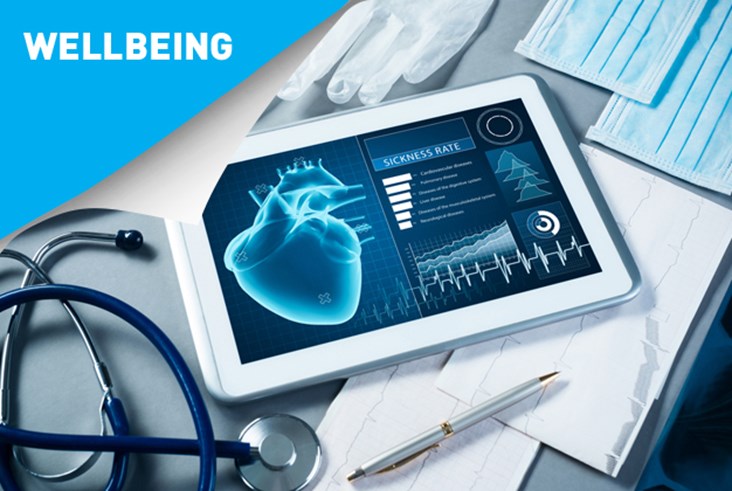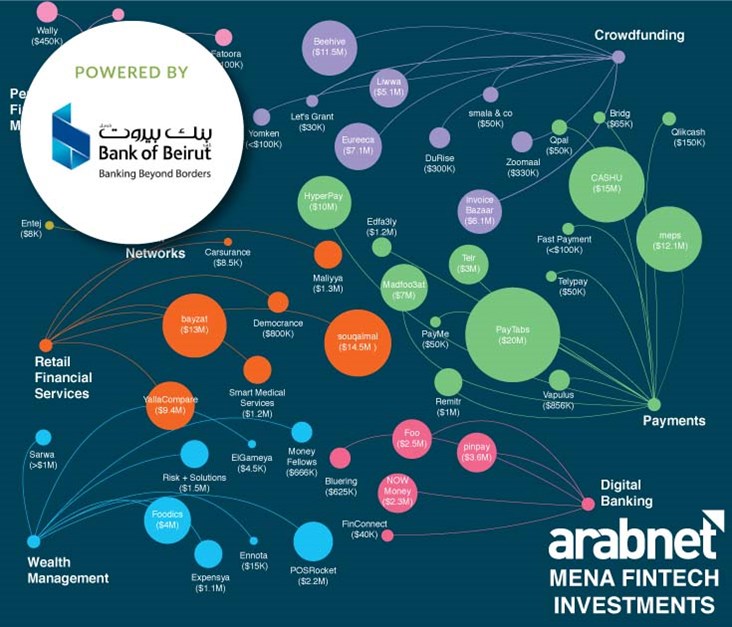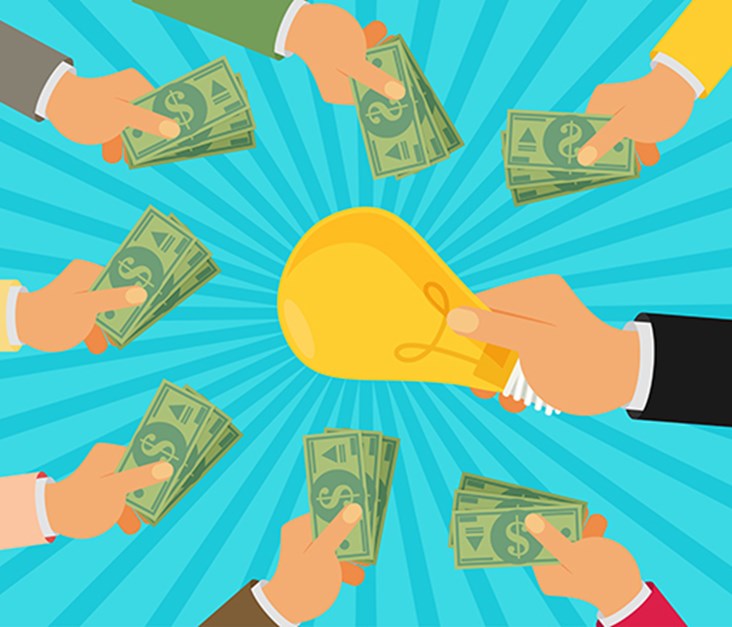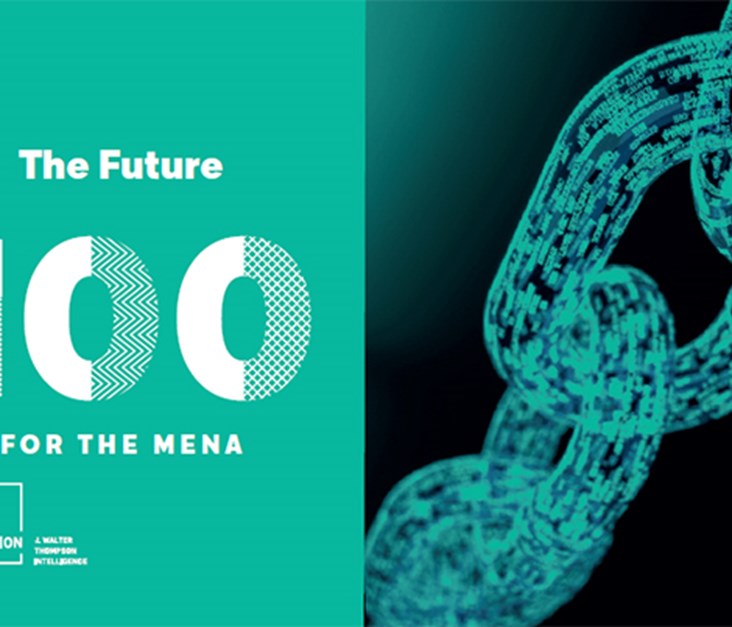
Healthcare is one of the world’s largest industries. Globally, the size of the healthcare market is estimated to be between 5 trillion to 6 trillion dollars, with the digital health industry in specific being between 55 and 67 billion USD and growing at a rate of 20-25% annually. While healthcare has always been a lucrative industry to disrupt and invest in, the digital health industry is growing quickly and gaining substantial disruptive potential.
Here are 6 tech trends that are predicted to disrupt the healthcare industry this year:
1. Wearables
The trend of self-monitoring looks set to continue throughout 2017, as wearable medical technology becomes more common worldwide, and more devices enter the market. Wearable health devices, which monitor everything from sleep to stress, not only serve as an ongoing measure of one’s wellbeing but also allow doctors to remotely monitor things such as heart rate and blood pressure. While wearables have many promising applications in healthcare, risks do include getting inaccurate readings, sharing incorrect data, and corrupting data during transfer.
2. Telehealth
2017 looks to be a defining year for Telehealth (TH), as healthcare providers aim to further enhance their ability to evaluate, monitor and diagnose patients remotely via real-time communication. In addition to breaking down geographic barriers and increasing access to healthcare for patients in rural areas, TH can also reduce costs and initial in-person hospital visits for patients, improve post-discharge communication, and facilitate improved access to care. Hospitals and large medical facilities also aim to utilize TH between departments and staff for patient management and real-time patient health information sharing.
3. Big Data
Big data is generating a lot of hype in several industries, including healthcare. With technology allowing us to track and store every detail of a patient’s experience, and the volume of data increasing rapidly, a large investment of time and resources is required to figure out how to manage, store and safely transmit all of this data. Therefore, big data has great potential to transform approaches in healthcare as well as individualize medical treatment, improve profits, cut down on wasted overhead, predict epidemics, cure diseases, improve quality of life and avoid preventable deaths.
4. Blockchain
Although blockchain originated in the financial industry for cryptocurrency transactions, there is a growing interest in blockchain in the healthcare world too. According to Deloitte, blockchain can facilitate the creation of a more comprehensive, secure and interoperable source of health information, support smart contracts, help detect fraud, improve provider directory accuracy, simplify the application process and facilitate a dynamic insurer-client relationship. In population health and healthcare insurance specifically, it can also lead to more transparency, reduce administrative costs, eliminate the need for middlemen, and ensure continuous access to patient records.
5. Cloud Computing
A large percentage of the accelerated investment in healthcare technology is expected to include the cloud in 2017. According to a HIMSS Analytics Cloud Survey, over 83% of healthcare organizations are using cloud technology, and the healthcare cloud computing market is estimated to grow to $9.48 billion by 2020, according to a MarketsandMarkets report. Cloud technology not only accelerates the way the healthcare industry uses or shares information across networks, but also makes it easier to archive and use electronic records, streamlines collaborations among physicians, minimizes in-house storage needs, and allows for high-powered data analytics.
6. Healthcare Bots
Bots play a valuable role in the healthcare industry, where personalization is becoming the key to enhancing loyalty and retaining patients. Via chatbots, patients can have convenient access to health support from nurses and doctors during and after business hours and the secure and personalized communication can be used for everything from medication advice to administrative tasks like scheduling appointments and receiving test results. Chatbots also have the ability to use techniques such as sentiment analysis and image recognition to provide patients and caregivers with immediate personalized answers to their urgent healthcare inquires.
Latest Business
Intelligence Report













